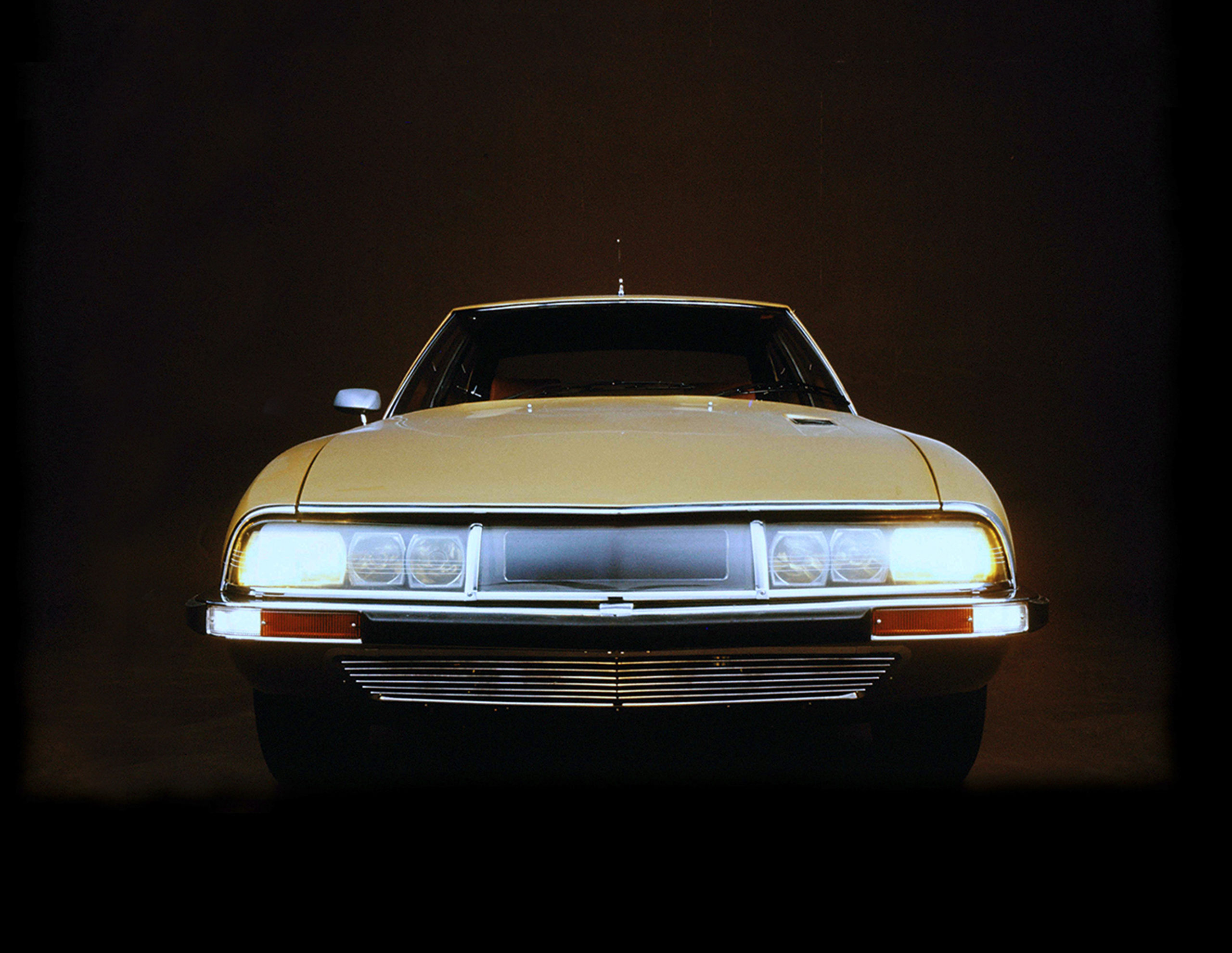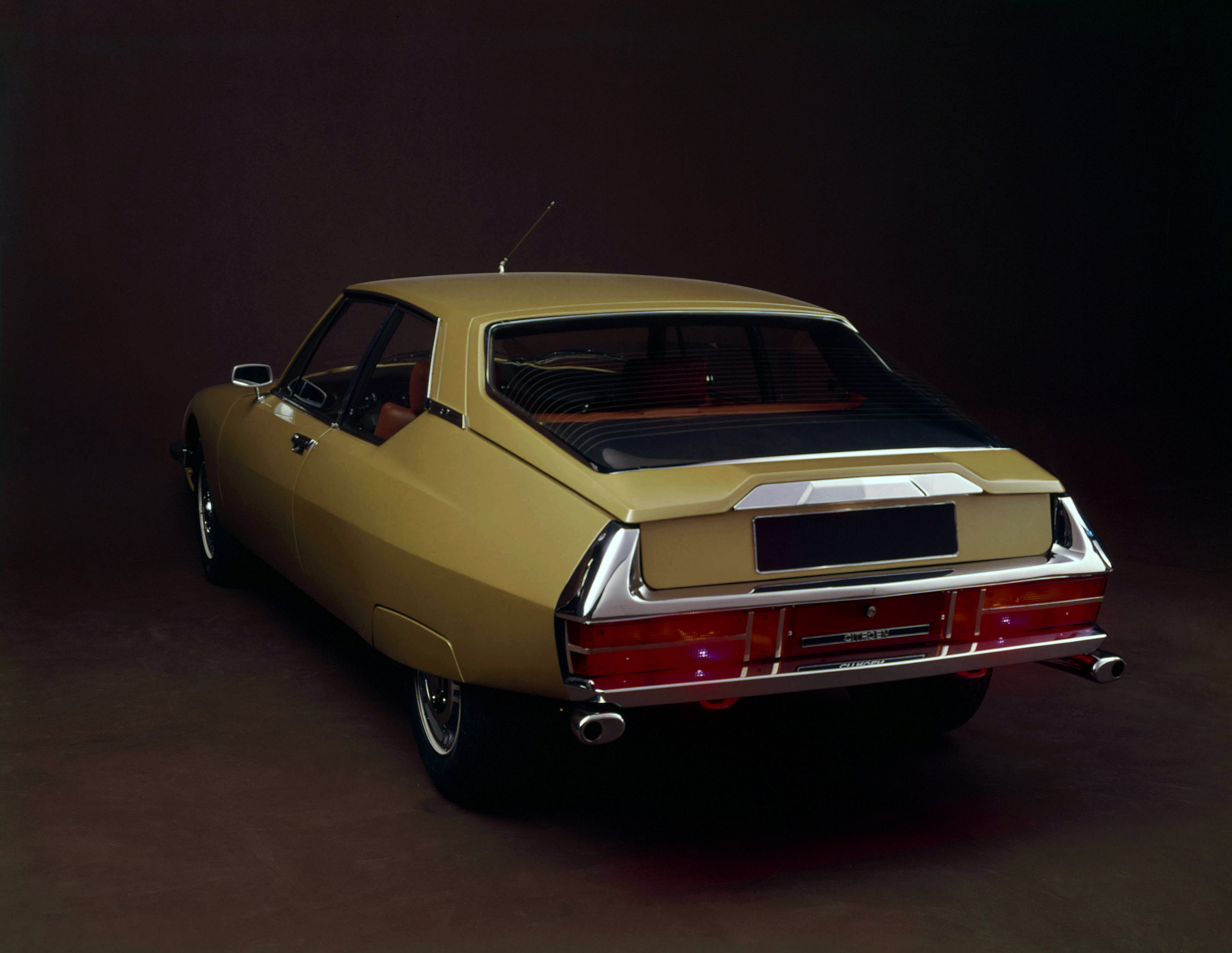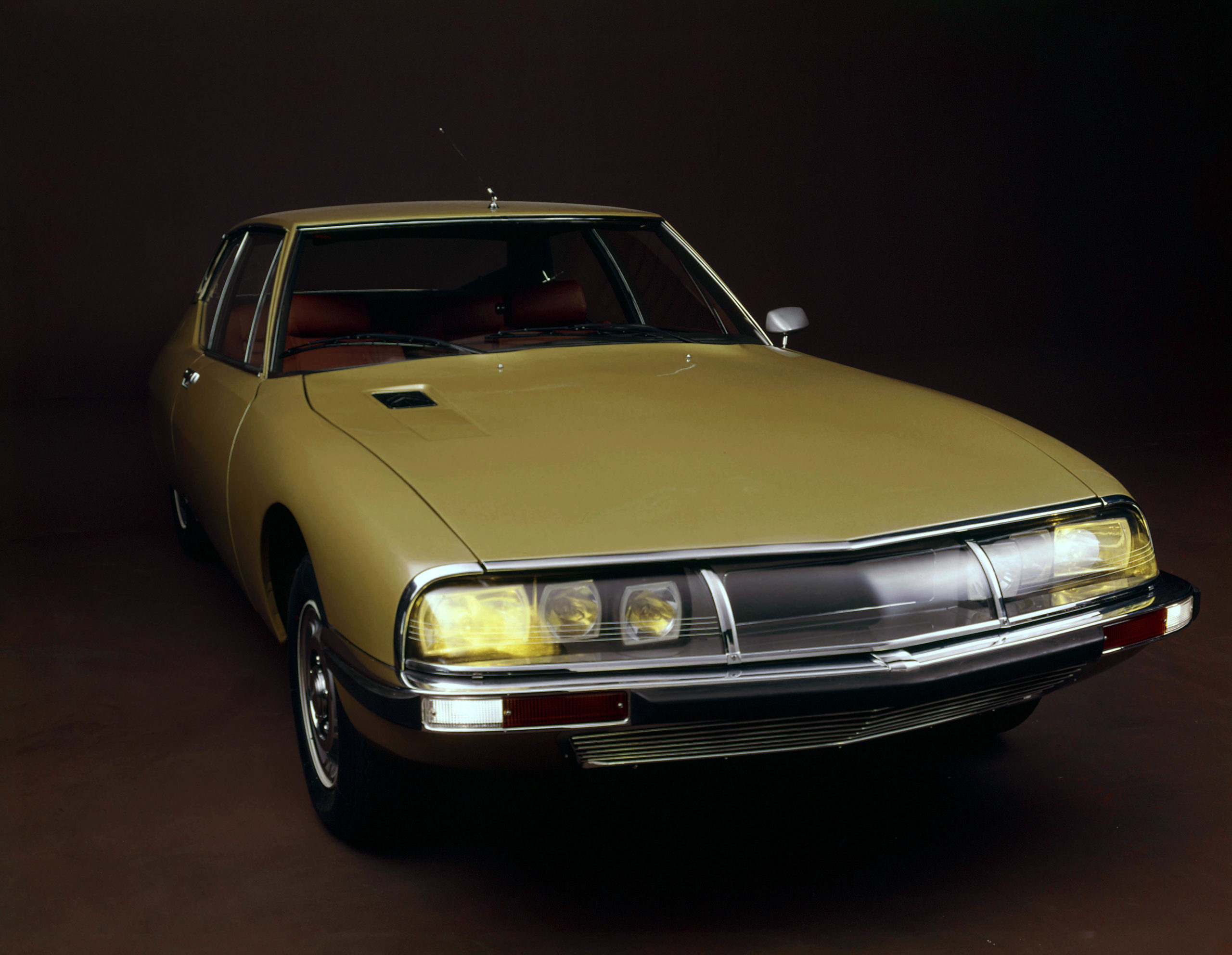Photo credit: Peter Guenzel, Wheelsage
Robert Opron was 38 when Citroen presented to the world his sports coupe that followed the tracks of the magnificent and revolutionary DS. He knew this magnificent object well, having worked with its creator, Flaminio Bertoni. He also knew her because it was Robert who had given her that magnificently modern touch of the faired headlights. But working on a sports car that had to respect the new standards introduced by Citroen with the DS was by no means a simple task. In particular as his creation was to be powered by a thoroughbred engine, made in Modena, by Maserati: a magnificent 2700cc V6 capable of over 170 horsepower.

At its debut at the 1970 Geneva Motor Show, exactly fifty years ago, it was not so much the bewilderment as much as the sheer courage of Citroen that struck the audience: the slender silhouette, with its pronounced front overhang dominated by the large plexiglass fairing that concealed the turning headlights, tapers towards the rear which was narrower than the front with the wheels partially covered by the bodywork. This work of great automotive design that astonished the specialized press of the time, introduced a previously unheard-of two-door sports concept. Not aggressively noisy, not aesthetically accepted in its category, not uncomfortably equipped so that those behind the wheel feel like brutal race drivers. In short, something that wasn’t there before and, as befitted the disruptive approach of SM, something that would no longer be there afterwards.

Opron’s work, which he continued later in Renault where he played a decisive role in the design of the revolutionary Espace, did not have the success it rightfully deserved and fell victim to the oil crisis sparked by the Yom Kippur War. A war that signalled Citroen’s farewell to Maserati – some would prefer to call it an escape – and the contraction of the markets which in turn, led to production being halted in 1975, after 12,920 examples were built, of which over 2,000 were destined for the US market. It was the last Citroën to be loved and respected in the United States as well as the last coupe produced by the French brand. Today it is an item that deserves a place in the history of the automobile and in the finest car collections.
